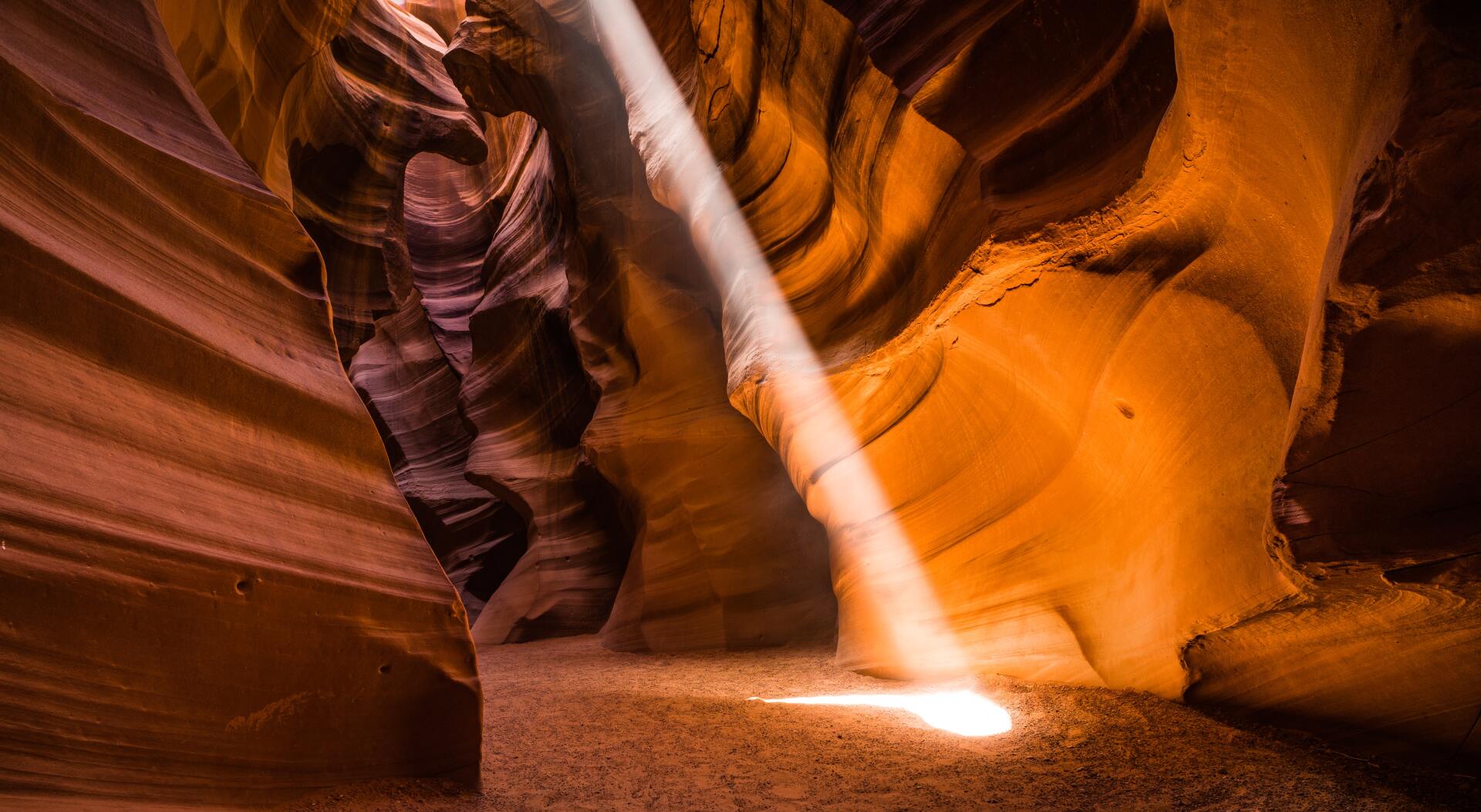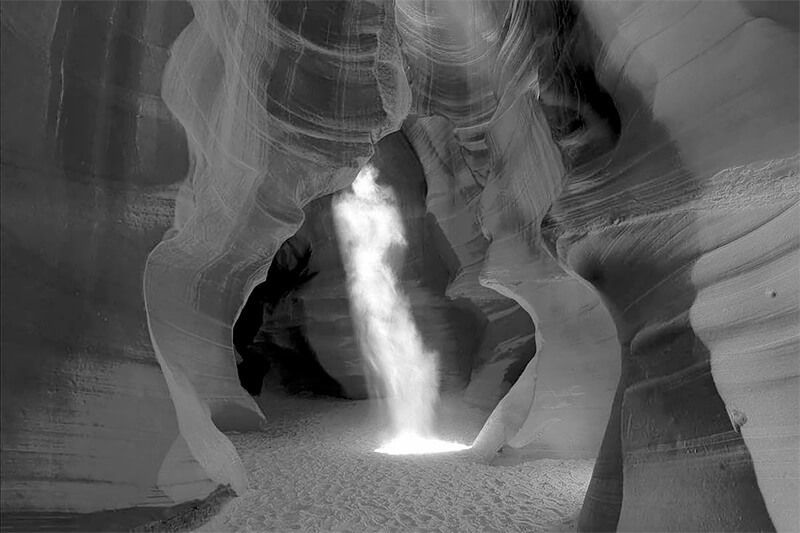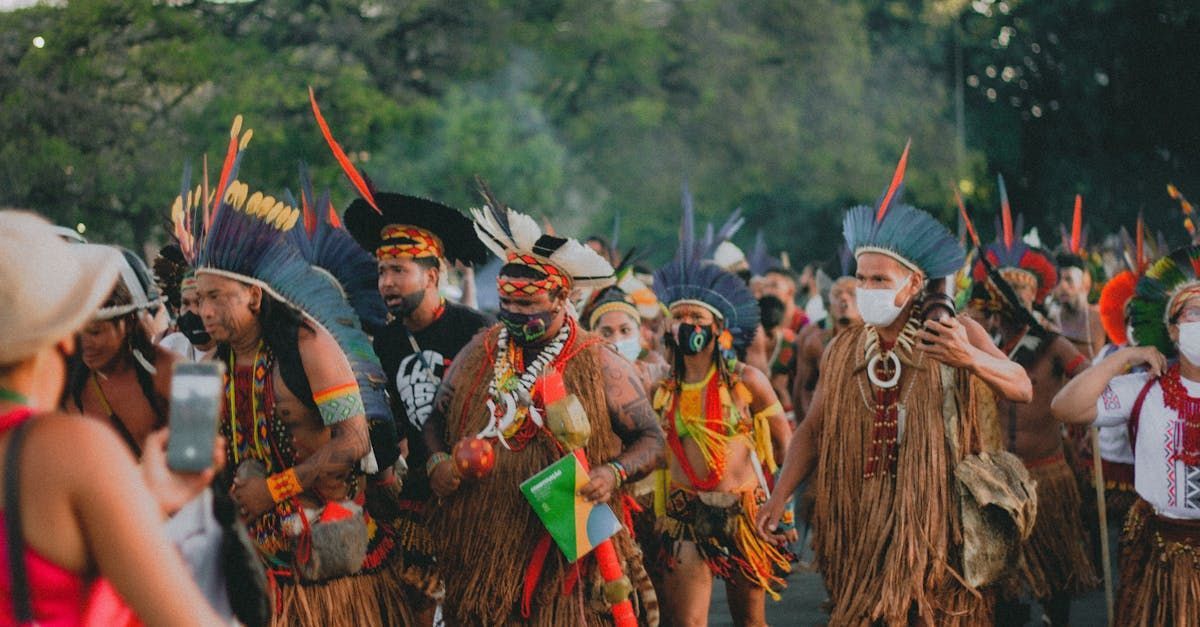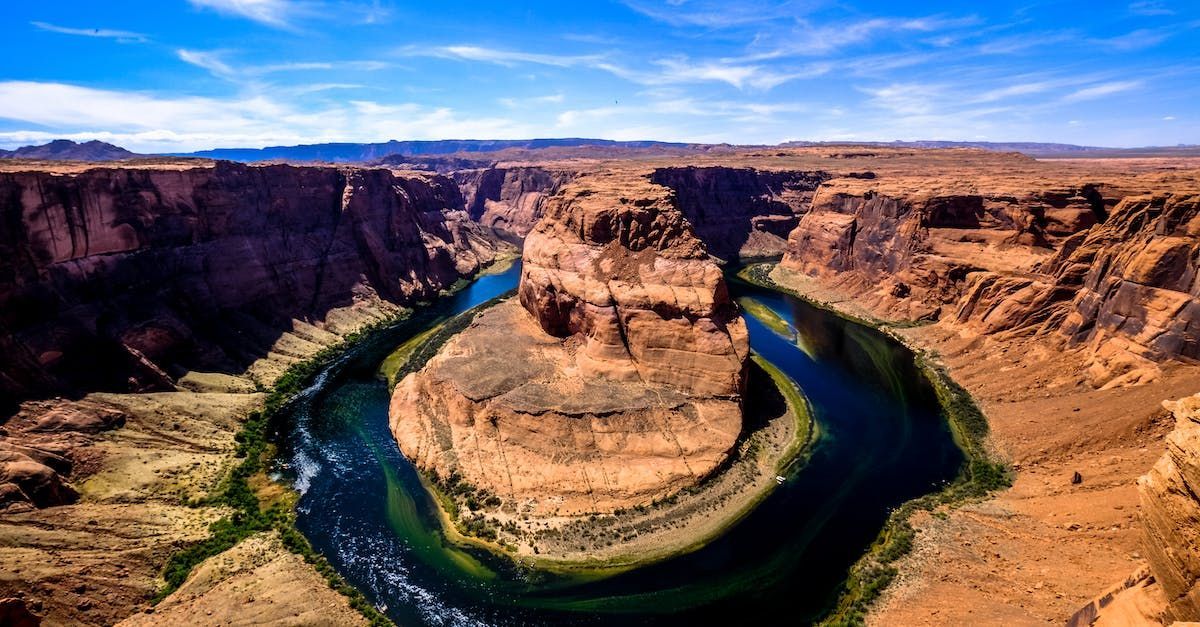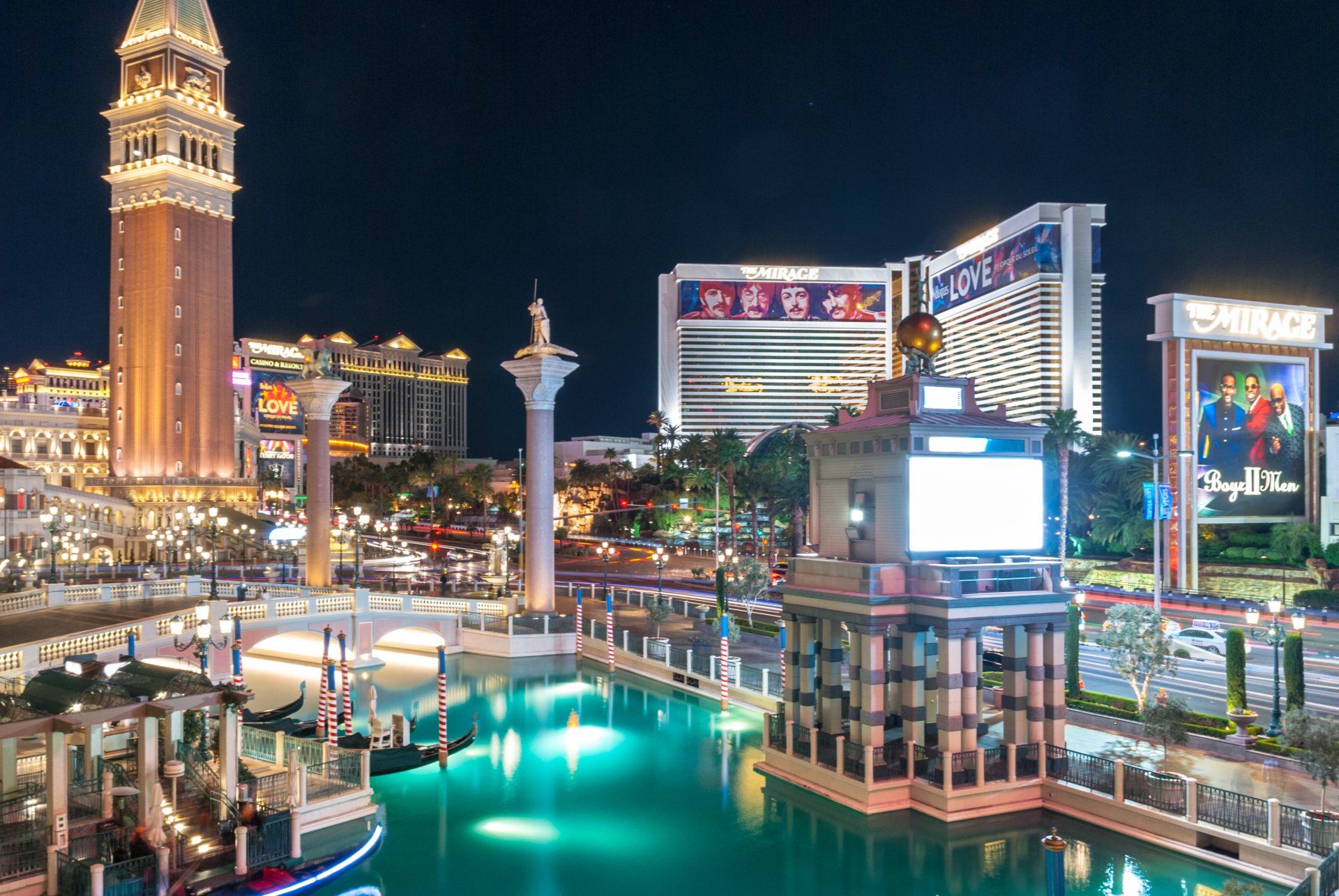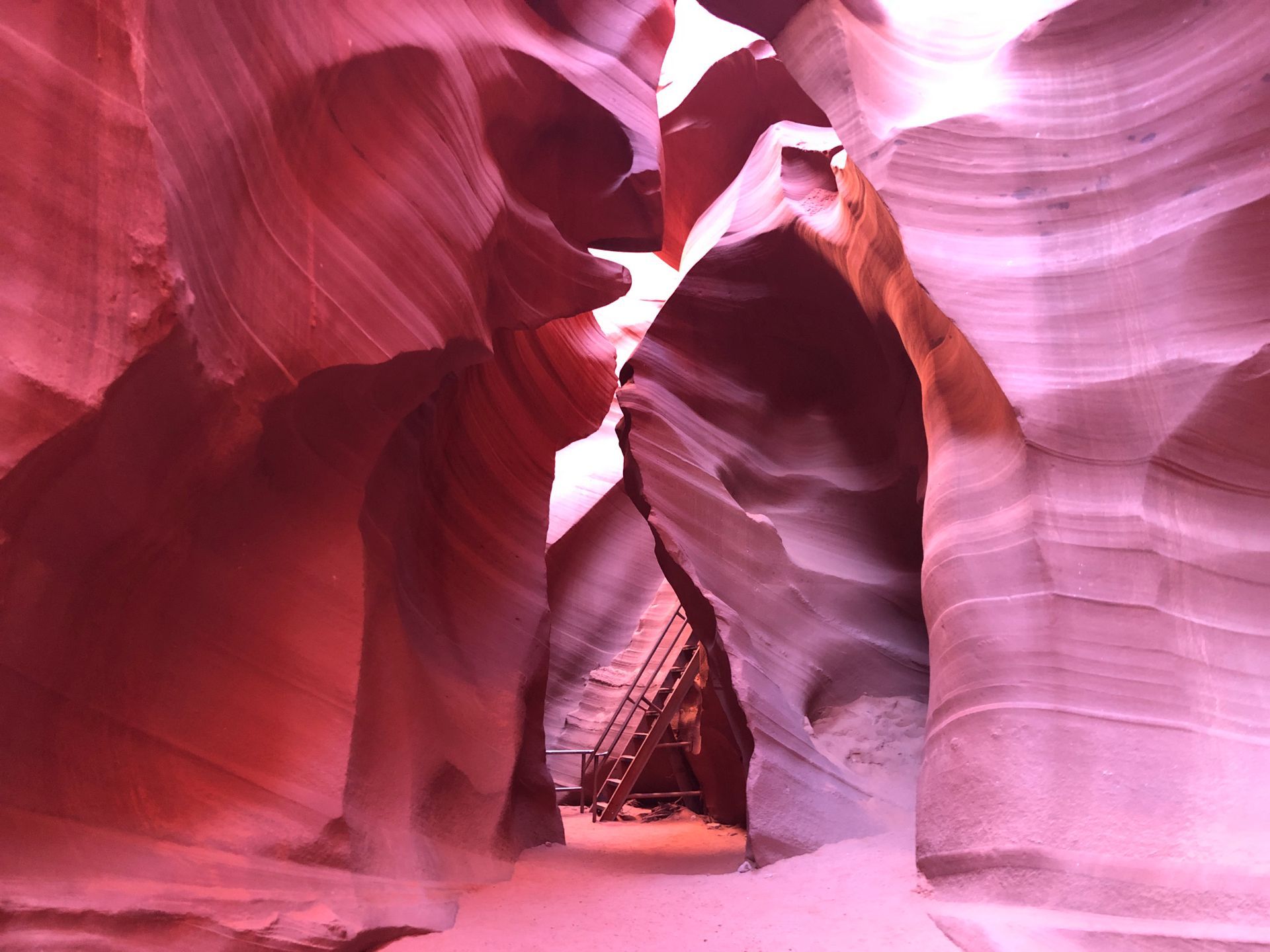Photography Tips in Antelope Canyon
Capturing the Magic of Antelope Canyon: Photography Tips and Tricks
Antelope Canyon, located in the heart of the Navajo Nation near Page, Arizona, is a natural wonder renowned for its stunning beauty. Its wave-like, narrow sandstone passages, sculpted by water and wind over thousands of years, make it a dream location for photographers. However, capturing the essence of this incredible slot canyon can be challenging. To help you make the most of your photography journey through Antelope Canyon, we've put together some essential tips and tricks.
1. Plan Ahead: Secure Your Tour
Access to Antelope Canyon is only possible through guided tours, and they can get fully booked quickly, especially during the peak season (spring and summer). To ensure you have ample time to capture the perfect shots, book your tour well in advance. There are two main sections of Antelope Canyon: the Upper Antelope Canyon and the Lower Antelope Canyon. Each has its unique character, so do some research and decide which one aligns better with your photography goals.
2. Best Time to Visit
The lighting in Antelope Canyon plays a pivotal role in photography. The best times to capture its iconic light beams and the most striking colors are during the months of March to October. The ideal time to shoot light beams is from late spring to early summer when the sun is higher in the sky, around midday.
3. Light Beams and Shaft Photographs
The famous Antelope Canyon light beams are the most sought-after shots. These beams of light occur when sunlight filters through the narrow openings above the canyon. Be prepared to set your camera on a tripod to capture these images effectively. Use a lower ISO setting to avoid excessive noise and set your aperture to a higher number for a narrower depth of field. Bracketing your shots and combining them later in post-processing can help balance the exposure between the bright light beams and the darker areas of the canyon.
4. Tripod and Remote Shutter Release
The natural light inside the canyon is limited, so a tripod is essential to keep your camera steady during longer exposures. Additionally, a remote shutter release or using the camera's timer function can help eliminate camera shake when pressing the shutter button.
5. Camera Gear
A wide-angle lens is the go-to choice for capturing the sweeping curves and intricate details of the canyon walls. A lens with a wide aperture (f/2.8 or lower) will help you achieve the best results in low light conditions. Consider bringing a polarizing filter to reduce glare and enhance the vibrant colors of the sandstone. Protect your camera and equipment from the fine sand in the canyon by using a rain cover or a plastic bag with a hole for the lens.
6. Composition
Antelope Canyon offers an array of unique and artistic compositions. Be on the lookout for lines, shapes, and patterns that naturally form within the sandstone. Use the canyon walls as leading lines to draw the viewer's eye through the frame. Play with depth of field by focusing on different layers of rock, experimenting with both wide-angle and close-up shots.
7. Respect the Environment and Culture
Remember that Antelope Canyon is on Navajo land, and it is a place of cultural significance. Treat the canyon with respect, follow your guide's instructions, and be aware of the restrictions in place. You may be required to turn off your camera flash, as these can damage the delicate sandstone formations.
8. Post-Processing
Post-processing is the final touch to your Antelope Canyon photos. Adjust exposure, contrast, and colors to bring out the rich, warm hues of the sandstone. Consider adding a slight vignette to draw focus to the center of your image.
Antelope Canyon is a mesmerizing place, offering endless opportunities for capturing breathtaking photographs. With the right preparation and an understanding of the unique challenges and opportunities this location presents, your trip to Antelope Canyon can result in a stunning portfolio of images that truly capture the magic of this natural wonder. Remember to be patient, adapt to the changing light, and let your creativity flow as you explore this extraordinary slot canyon with your camera in hand.
That's pretty much all there is to it! We want to meet you at Upper Antelope Canyon and Lower Antelope Canyon and explore what you can accomplish with your smartphone or camera.
Share with Friends

